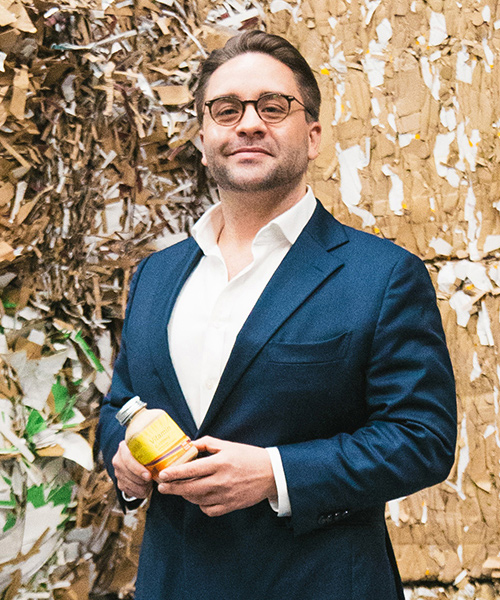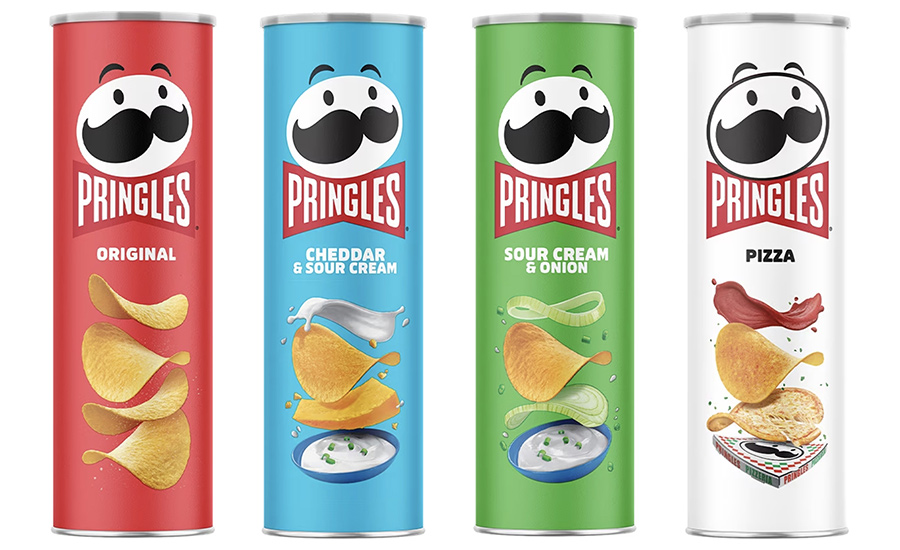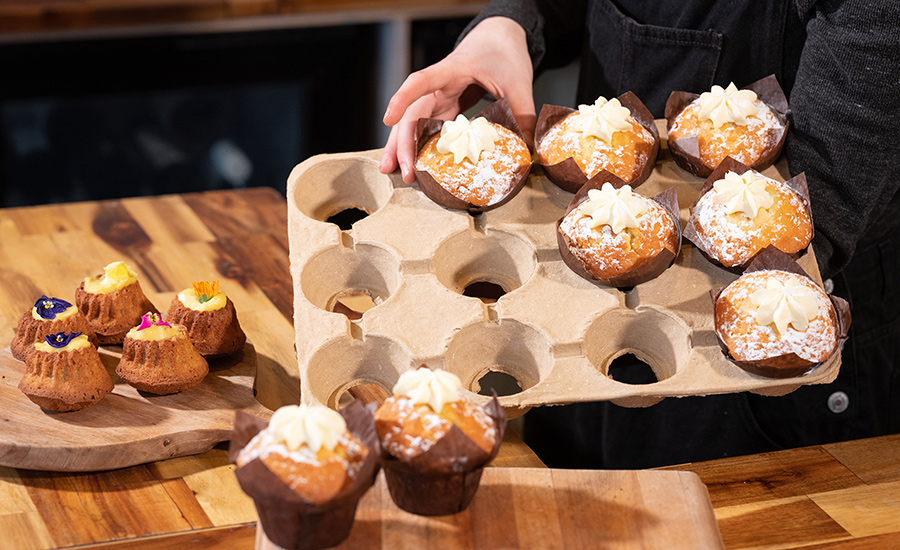The race toward sustainability continues in business, as organizations look for new and innovative ways to reduce their environmental impact. In fact, a survey from Gartner found that 87% of business leaders expect to increase their company’s investment in sustainability over the next two years.
The pressure to make better sustainability decisions is coming from all directions. Investors are demanding it, with 85% of chief investment officers citing ESG as an important factor; companies higher up in supply chains require it for their own ESG and sustainability reporting; and consumers are now becoming hyper aware of the environmental impact of the businesses they chose to buy from.

Courtesy of Cullen
This requirement from consumers is a much more complex one to navigate than the demands from investors and supply chains, too. Arguably, for the latter two, sustainability has now become a key criterion for meeting corporate goals, and in quantifying businesses’ success.
For consumers, however, the desire to purchase from sustainable companies is driven by their own morals and emotions — and it’s influencing what they buy. In a study by McKinsey, 60% of respondents said they’d pay more for a product with sustainable packaging. Elsewhere, data from the Economist Intelligence Unit found that there’s been a 71% rise in online searches for sustainable goods globally.
Data like this can no longer be ignored by consumer-facing brands. And to showcase the work and investment that businesses — particularly in the FMCG space — are putting into the sustainability of their products, they need to be clearly signposted for consumers to make informed purchasing decisions.
The Role of Sustainable Packaging
One of the first interactions a consumer will have with a brand is through its packaging – and what’s printed on a product almost always dictates whether that customer will go ahead and buy the product.
Research by Boston Consulting Group found that more than two out of three consumers have declared that environmentally friendly, recyclable packaging is important to them. A separate study from Deloitte’s reflects similar sentiments, with more than half of those surveyed saying they consider a product which uses recyclable, compostable or biodegradable packaging to be more sustainable.
This is hugely positive data for brands. Simple changes to a brand’s packaging could result in a significant uplift in sales. But there’s also a balance to be struck on how these sustainable improvements to packaging are signposted to consumers.
Consumers are becoming increasingly time poor. The average Brit spends 37 minutes in the supermarket per visit. Meanwhile, three in five Brits now do all of their grocery shopping online. This data is significant. Consumers don’t have the time to read about a brand’s path to sustainability while in store, and the lack of physical interaction with a product while shopping online means it’s likely consumers just won’t even see any writing on the packaging. Brands therefore need to choose materials that easily signpost the recyclability of their products.

While it may sound straightforward, packaging that looks rustic and is easily identifiable as being made of paper materials, versus other plant-based solutions, works best to showcase the brand’s relationship with sustainability. Consumers can easily identify the material and know that it’s recyclable, versus having to research a new sustainable material that they haven’t come across before.
We’ve already seen big consumer brands adopt this approach in recent months. In January, Pringles changed its iconic classic tube packaging to a much more sustainable alternative with easier recycling for consumers. The metal at the bottom of the tube has been replaced with recycled paper, and the plastic cap is also recyclable.
Elsewhere, Flora replaced its plastic tubs with paper alternatives, which continue to be oil proof and waterproof. The containers are part of the brand’s strategy to replace as many as two billion plastic tubs by 2030, combatting more than 25,000 tons of plastic waste annually.
One of the biggest positives from brands like Pringles and Flora moving away from plastic — aside from the obvious sustainability benefits — is the education it supports around paper or molded fiber packaging. Cullen, too, has launched a first-of-its-kind, scalable fiber paper bottle that can remove over 80 million plastic bottles from shelves annually.
There’s a misconception that paper packaging can’t keep products as fresh as plastic alternatives. But in many cases, that’s simply not true — particularly for fresh food products. Paper can be an even better material, as it’s able to absorb moisture to increase the longevity of a food item. In fact, the changes made by Pringles will allow the crisps to stay fresh for up to 15 months.

The First Steps Toward a More Sustainable Future
So, how can brands make the most of the consumer demand for sustainable packaging? While making big changes to a product’s packaging can seem like a daunting task, it doesn’t have to be — particularly if a business partners with a trusted packaging supplier that understands their ambitions.
Cullen is Europe’s only combined manufacturer of molded fiber and corrugated packaging and as a leader in sustainable packaging, we support businesses of all sizes — across just about every sector — in converting their current packaging into a more sustainable paper-based alternative in just six weeks.
In the last two years we have produced over 1 billion units of plastic-free packaging for customers in 35 countries, while simultaneously educating businesses such as supermarkets and major retailers on how simple replacing single-use plastic with molded fiber can be and the scale of the opportunity to adopt recyclable, compostable and biodegradable alternatives to plastic for a more sustainable future.
Final Thoughts
There’s a moral case for adopting sustainable packaging, but there’s also a significant business case, too. Study after study is finding that consumers want to buy from sustainable brands, and companies need to capitalize on that opportunity by signposting their environmentally friendly approach in as simple a way as possible. Those who don’t risk being left behind by their competitors.


